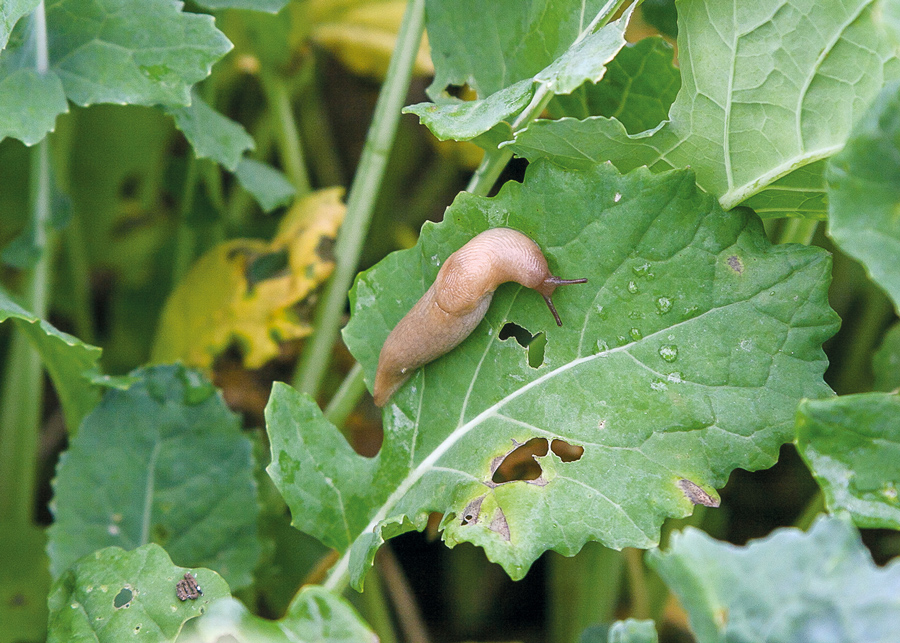Product efficacy and best practice is key for future slug control
23rd December 2019
In East Anglia, the establishment of healthy rape crops in order to withstand flea beetle damage is of paramount importance and growers’ investment in a sustainable and effective slug control strategy has been critical.
In East Anglia, the establishment of healthy rape crops in order to withstand flea beetle damage is of paramount importance and growers’ investment in a sustainable and effective slug control strategy has been critical.
According to Agrii’s eastern area technical manager, Will Foss, advising in Suffolk, Cambridgeshire and down into the south east as far as Kent, he is keen to make sure that efficacy is combined with best practice and environmental responsibility.
With the on-going uncertainty regarding the availability of metaldehyde – potentially leaving a gap in effective control and profitability – Mr Foss’ team has embraced a changeover to ferric phosphate and has been pleasantly surprised with the positive results seen and the extra benefits incurred as a result.
“We have used ferric phosphate to good effect so far,” he says. “In a range of conditions, crops and soil types we have been impressed with the spreadability, palatability and persistence of the product in a series of direct comparisons with metaldehyde.
“In fact the transition between products has been incredibly smooth and we are effectively seeing like-for-like control.”
De Sangosse brand Fe-Lyn (a 24.2g/kg ferric phosphate formulation) is used, which has a maximum individual dose rate of 7kg/ha and maximum total dose per crop of 28kg/ha. Looking for an optimum number of baiting points of 40/m², he is confident of the quality of both the product and the chemistry.
“With the slug pressure this year, we’ve looked to keeping the number of baiting points to that level,” he explains. “But in dry conditions
with less pressure, you could maybe get away with 30/m². On the whole, our growers are willing to pay a
bit more for that quality and the better formulation.
“Other products have now entered the market place but using an inferior brand can end up becoming a false economy,” he adds.
Environmental
The environmental benefits of using ferric phosphate over metaldehyde were noticed at an early stage and Mr Foss points out that its lack of buffer zone requirement and contribution to protecting water quality made it an easier sell, especially as the efficacy of metaldehyde was matched. The wet process formulation using durum wheat means that persistence under wet and challenging conditions is good and the product stays working for longer.
“If wet conditions persist, then we could be looking at a big slug year,” he says. “As well as protecting the rape during establishment, cereals are a high risk too, especially wheat following rape. Having said that, risk assessment is always essential and before recommending any product we would be looking to test bait and monitor crop damage and assess thresholds before applying anything.
“It’s up to us and our growers to look at cropping and field history and identify the higher at-risk areas and scenarios. The situation is challenging, but at least we know we now have a tried and tested alternative in our armoury,” he concludes.

